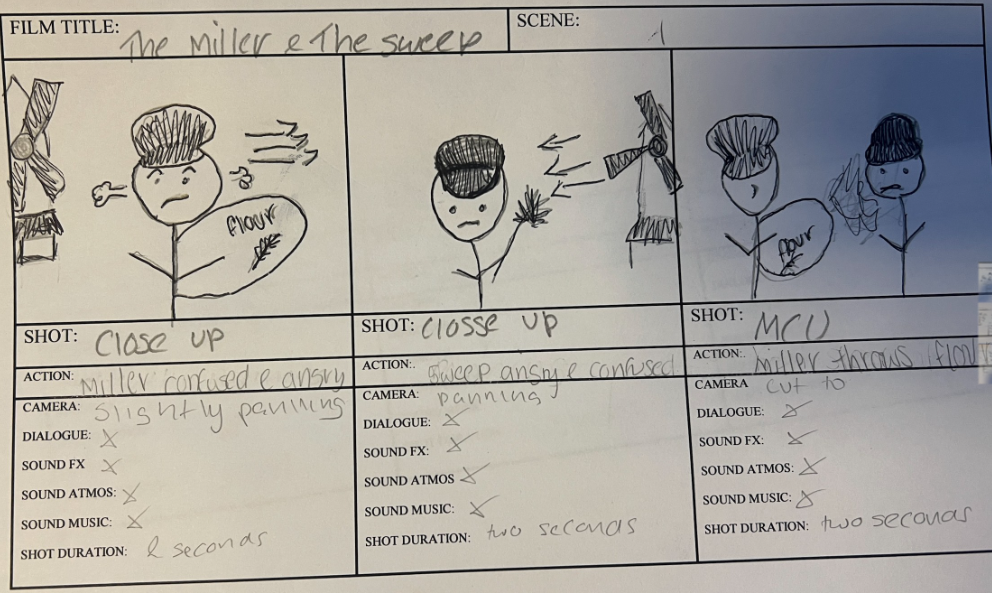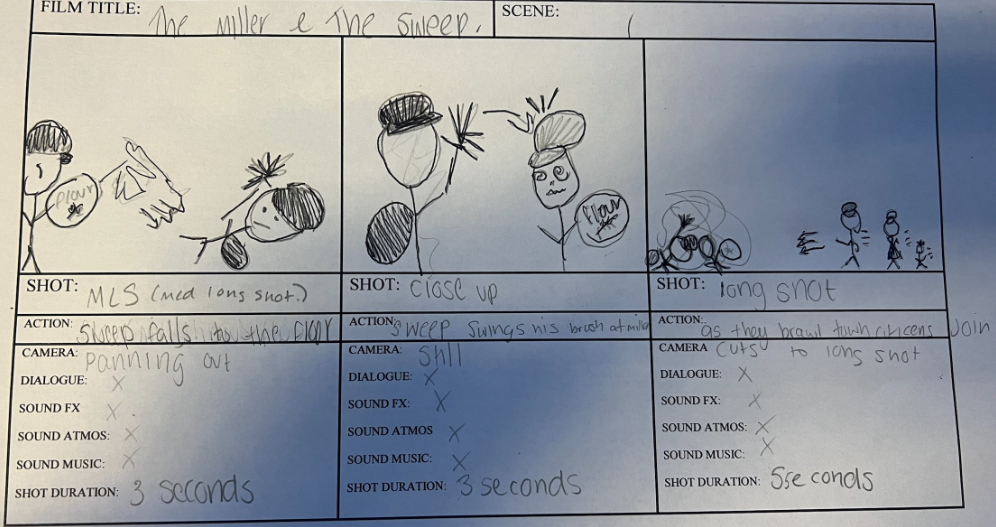aesthetic is the overall view and representation a person or place gives off due to its or their features such as clothes hair makeup etc.
realism
realism in film is the representation of realistic and authentic use of movement speech and setting, something the view can see and resonate with it being relatable.
verisimilitude: in film means the appearance being true or real.
eg- the realistic life’s of teenagers and their troubles highs and lows etc.
social realism: to give the audience a true sense of what the lives of these characters are like, and the social issues that are happening at the time.
eg- the events surrounding society ant its beliefs when this film was set.
magic realism: portrays fantastical events in an otherwise realistic tone
eg- the fantastical events within this film are shown to be realistic.
hyperreality: a condition in which what is real and what is fiction are seamlessly blended together so that there is no clear distinction between where one ends and the other begins.
eg- the idea that within Truman’s life none is entirely sure what real and what’s fake.
visual style: the visual style of a film is how its visuals evokes a emotional response to convey its mood or theme.
iconography: the use of recurring visual images and symbols in movies that convey specific themes, evoke emotions, and build a film’s narrative identity.
eg- the reoccurring bunny rabbit though the film while the plot thickens
intertextual referencing: when a piece of art is mentioned, examples being a book, a poem, another film etc..
eg- the mentions of all the literature within this film
visual/ sound motifs: sound or visual elements in film that reoccur to help tell the characters story.
eg-“number one rule about fight club” repetition
colour grading: putting a filter or a certain filter over a film to suit the mood or set a tone.
eg- summery and vibrant to match the contents of the film.
auteur trademarks- a directors following theme of vibe throughout there films
eg- Jordan Peele, reoccurring theme of black representation in horror films, realistic representation of fear.
Aesthetic tone
pathos: an appeal to the audiences emotions. sad moments
Ethos- is a persuasive technique that appeals to an audience by highlighting credibility
bathos- anti-climax, unintentional lapse in mood.
suspense- a film that puts you on edge and unknowing of what’s to come.
dramatic irony- when the audience knows something that the character does not.
distancing effect- something to remind the viewers that it is just a story and to not get too emotionally invested in it.
post-modern humour: when a film has embraced multiple genres and embracing absurdity and breaking conventions.







































